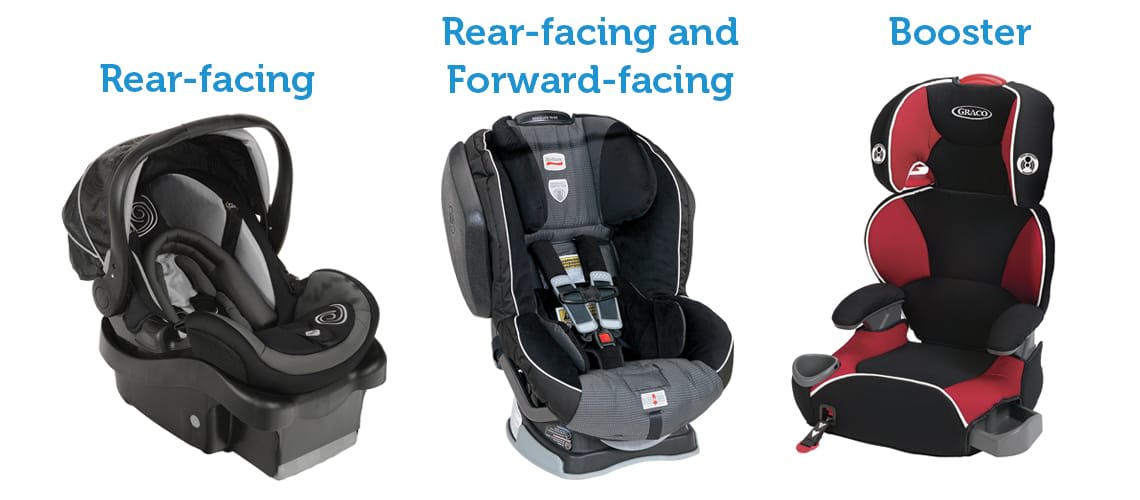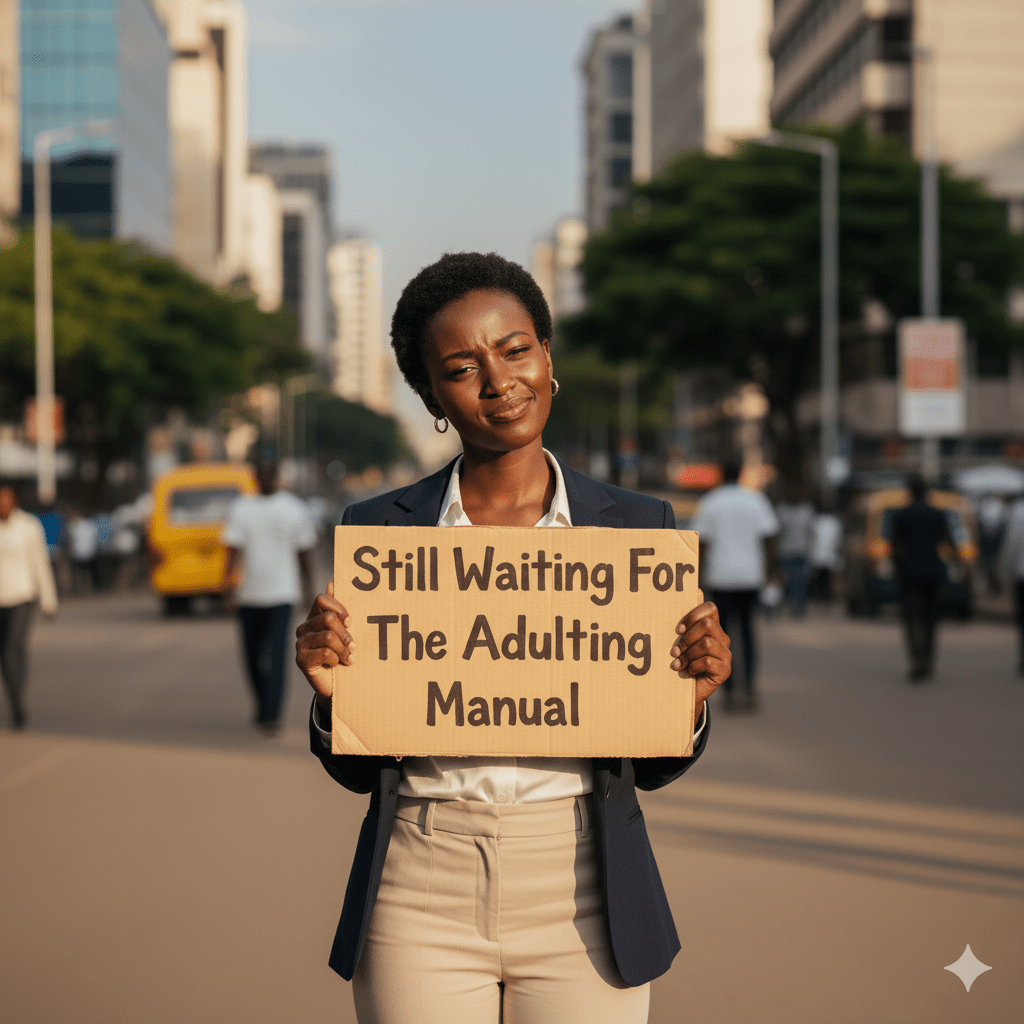The Complete Guide to Choosing the Best Child Car Seat for Your Car In Kenya Table of Contents

Getting your child's car seat right in Kenya is no small feat. Between navigating our unique roads and sorting through endless options, it can feel overwhelming. Whether you're expecting your first little one or upgrading your current setup, this guide will help you choose the perfect car seat – making those family drives both safer and smoother.
- Introduction
- Key Features to Look for in a Child Car Seat
o 2.1 Safety Standards and Certifications
o 2.2 Size and Weight Limits
o 2.3 Comfort and Adjustability
o 2.4 Harness System and Buckle Positioning
o 2.5 Durability and Materials
o 2.6 Additional Features (Convertible Options, Recline Functions) - Factors to Consider Related to Your Car
o 3.1 Compatibility with Your Car's Space
o 3.2 LATCH System and Installation Options
o 3.3 Car Seat Belt Configuration
o 3.4 Rear-Facing vs. Forward-Facing Considerations
o 3.5 Impact of Airbags - How to Properly Secure a Car Seat for Toddlers and Children
o 4.1 Securing an Infant or Toddler Seat (Rear-Facing)
o 4.2 Transitioning to a Forward-Facing Seat
o 4.3 Using a Booster Seat for Older Children
o 4.4 Ensuring Correct Harness Position and Fit - Understanding Car Seat Grades and Ratings
o 5.1 Crash Test Ratings and What They Mean
o 5.2 Certification Bodies and Safety Standards
o 5.3 Checking Real-World Reviews and Customer Feedback
o 5.4 Evaluating Ease of Use and Maintenance - Conclusion: Final Tips for Choosing the Best Child Car Seat
1.Introduction
Choosing the right child car seat can feel overwhelming, but it’s one of the most crucial decisions you'll make as a parent. The best seat will ensure your child’s safety while providing comfort and convenience for both the child and the parent. This guide will walk you through the key factors you should consider when choosing the best car seat for your needs.
2.Key Features to Look for in a Child Car Seat
When evaluating different car seats, certain features are non-negotiable for safety and practicality.
2.1 Safety Standards and Certifications
Ensure the seat meets international or local safety standards such as FMVSS 213, R44/04, or i-Size. These certifications guarantee that the seat has passed crucial safety tests, including crash performance.
2.2 Size and Weight Limits
Check the height and weight limitations for each car seat model to ensure that it’s suitable for your child's age and growth.
2.3 Comfort and Adjustability
Look for seats with padded cushions, adjustable recline options, and headrest support to ensure your child is comfortable for both short and long trips.
2.4 Harness System and Buckle Positioning
A five-point harness system is generally considered the safest for young children. Ensure the buckles are easy to adjust and secure but difficult for the child to unfasten.
2.5 Durability and Materials
Opt for seats with durable, easy-to-clean fabrics. You’ll also want a car seat with a strong shell made from impact-absorbing materials.
2.6 Additional Features
Consider seats that offer convertible options, allowing the seat to be used as your child grows, or those with additional recline functions for long journeys.
3.Factors to Consider Related to Your Car
Your car plays a vital role in determining which child car seat will be the best fit. Here’s what you need to keep in mind:
3.1 Compatibility with Your Car's Space
Measure your back seat space to ensure the car seat will fit comfortably without being too cramped. Some larger seats may not fit well in compact cars.
3.2 LATCH System and Installation Options
Most modern vehicles come equipped with the LATCH system (Lower Anchors and Tethers for Children), making installation easier. Check if the car seat is compatible with your car’s LATCH system.
3.3 Car Seat Belt Configuration
If your car lacks a LATCH system, you'll need to use the seat belt to secure the car seat. Ensure the seat belt is long enough to install the seat securely and check the car seat manufacturer’s guidelines on proper seat belt use.
3.4 Rear-Facing vs. Forward-Facing Considerations
Check your car’s manual to ensure there's enough room to install the car seat in a rear-facing position, especially if you plan on using it for an infant or toddler.
3.5 Impact of Airbags
If you’re installing the seat in the front, make sure to disable front airbags, as they can pose a danger to rear-facing seats in case of deployment.
4.How to Properly Secure a Car Seat for Toddlers and Children
Securing a child correctly in their seat is as important as choosing the right seat.
4.1 Securing an Infant or Toddler Seat (Rear-Facing)
Infants should always ride in a rear-facing car seat. Ensure the car seat is tightly installed and at the correct recline angle to prevent the baby's head from tilting forward.
4.2 Transitioning to a Forward-Facing Seat
Once your child exceeds the weight limit for a rear-facing seat, you can transition to a forward-facing seat. Make sure the seat is placed in the back seat, and always check the harness fit before every ride.
4.3 Using a Booster Seat for Older Children
A booster seat is necessary when your child outgrows the forward-facing car seat but is not yet tall enough to use the vehicle's seat belt alone. Ensure the lap belt lies flat on the child’s thighs, not the stomach.
4.4 Ensuring Correct Harness Position and Fit
The harness should be snug, with the chest clip at armpit level. The straps should not be twisted, and there should be no slack that could reduce the effectiveness of the car seat in a crash.
5.Understanding Car Seat Grades and Ratings
Car seats are graded based on safety, ease of use, and comfort. Understanding these ratings helps you make an informed decision.
5.1 Crash Test Ratings and What They Mean
Look for car seats that score well in crash test ratings. Organizations like NHTSA (National Highway Traffic Safety Administration) provide ratings that can help you gauge the safety performance of each seat.
5.2 Certification Bodies and Safety Standards
Verify that the car seat complies with standards from recognized bodies like the European R129 (i-Size) standard or American FMVSS 213.
5.3 Checking Real-World Reviews and Customer Feedback
Read reviews from parents who have used the car seat to learn about any real-world issues with durability, ease of use, or fit.
5.4 Evaluating Ease of Use and Maintenance
Check if the car seat is easy to clean, adjust, and install. Many seats come with machine-washable covers, which is a huge advantage when dealing with spills.
Conclusion: Final Tips for Choosing the Best Child Car Seat
Choosing the best child car seat is a balance between safety, comfort, and compatibility with your vehicle. Always opt for a seat that meets high safety standards and fits your car and child’s needs well.
Regularly check your car seat’s fit and harness positioning as your child grows, and don’t hesitate to replace the seat when it’s no longer suitable for your child’s weight or height. By following this guide, you’ll ensure that your child is safe and secure on every journey.
Remember, if you need quick and transparent financing, contact us through our contact form, call us on +254791573231 or visit one of our branches across Nairobi, Kiambu, Machakos, and Kajiado counties to explore your financial opportunities.




Comments ()